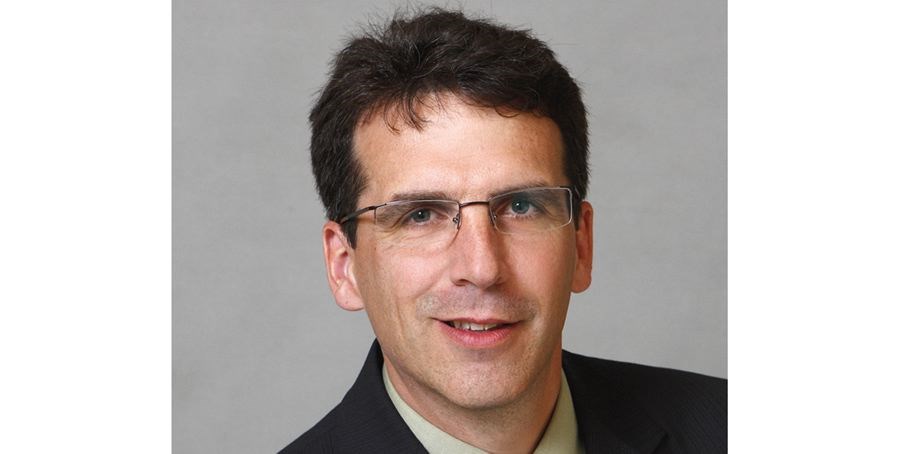There was a certain thrill in using the Skytrain as a legitimate working person when it first came on the scene in the 1980's.When the train arrived at the Burrard Station each morning, the crowd bundled up and burst forth from the bowels of the tin can like so many personal space bubbles looking for release, spilling up the stairwell to the city sidewalks and onward in an invigorating foot-race to cubicle paradise.
Day in and out, so many thousands of us - energetic, hungry - maybe a little afraid.
After a year or so of this, I found myself transferred to the tiny port community of Prince Rupert.
No longer a trainee, but with all the same nervous energy I had felt in the great city to the south.
This was it.Career launched.Day one.
The real deal.All the university training, and the big city hand-holding was behind me.
I folded myself into my trench coat, and clutched my umbrella with one hand and my power briefcase in the other and marched out of the hotel for the two block walk to the bank.
The Burrard Street station came to mind, but rather than a barrage of people, a wall of rain impeded my path.
I leaned in to it with everything I had.
My umbrella crumbled and folded skyward - useless.
I must have looked like someone who badly needed the men's room.
I got the "Where's the fire?" expression from the very few people out on the street that morning.About halfway through the short walk I took their non-verbal hints and cut my pace back by about half.
I stepped over to take in the view of the harbor and gazed at the glorious vista below, broken umbrella at my side. Water everywhere.
Dripping, draining, filling the harbour like a big kitchen sink.
This might just be fun if I let it.
Finding shelter
Is there no end to year-end tax planning considerations?
Let me count the ways there isn't.In yet another installment, here we outline a few more considerations, beginning this time with the ever-alluring tax shelter.
Tax shelters
Many high-income earners will consider purchasing a tax shelter such as limited partnership units or flow-through shares before year-end in order to receive significant tax deductions.
A tax shelter is generally structured so that the expenses incurred by the fledgling resource companies within the umbrella of the shelter are flowed directly to you, in the first few years. Thus, you can deduct their losses against any of your taxable income.
Hint:the key word here is losses.
As with any investment, the investment potential of the idea, and not just the initial tax savings should be your prime consideration when deciding whether to invest in a tax shelter. This is of sufficient importance that an entire article (or more) could easily be dedicated to the topic.
TFSA contributions
If you have not yet done so, you can now make your Tax-Free Savings Account (TFSA) contribution for 2015 (up to $10,000) and catch up on any unused contribution room from 2009-2014.
The TFSA enables you to earn tax-free investment income, including interest, capital gains and dividends, which results in greater growth compared to a regular taxable account.
You can make tax-free withdrawals any time, for any reason, and any amount you withdraw is added back to your available contribution room on Jan. 1 of the following year. If you are thinking of making a withdrawal from your TFSA in the near-term, consider doing so before Dec. 31.
Thus you can re-contribute as early as Jan. 1, 2016 rather than having to wait to 2017.
RESP contributions
A Registered Education Savings Plan (RESP) is not only an excellent way to save for a child or grandchild's postsecondary education costs, but it is also a good income splitting strategy.
The lifetime contribution limit is $50,000 per beneficiary and there is no annual contribution limit. By making RESP contributions, you may be eligible to receive the Canada Education Savings Grant (CESG).
The government will match 20 per cent of the first $2,500 in annual contributions to a maximum grant of $500 ($2,500 x 20 per cent) per beneficiary, per year.
The government will also allow you to catch up on one past year of missed contributions, each year.
This could get you an annual CESG maximum amount of $1,000.
Each beneficiary can receive a lifetime maximum CESG of $7,200.
You should consider contributing to the RESP by Dec. 31 if you haven't maximized your contributions. Any unused CESG room can be carried forward until the year the beneficiary turns 17, subject to annual maximums.
Additionally, if you have a child or grandchild who turned 15 this year and has yet to benefit from an RESP, then Dec. 31 is your last opportunity to contribute a minimum of $2,000 to an RESP for them.
These strategies are not intended as individualized tax or legal advice.
It is imperative that readers consult their own professionals before implementing them.
Mark Ryan is a financial advisor in Prince George with RBC Wealth Management, Dominion Securities (member CIPF) and can be reached at [email protected].



